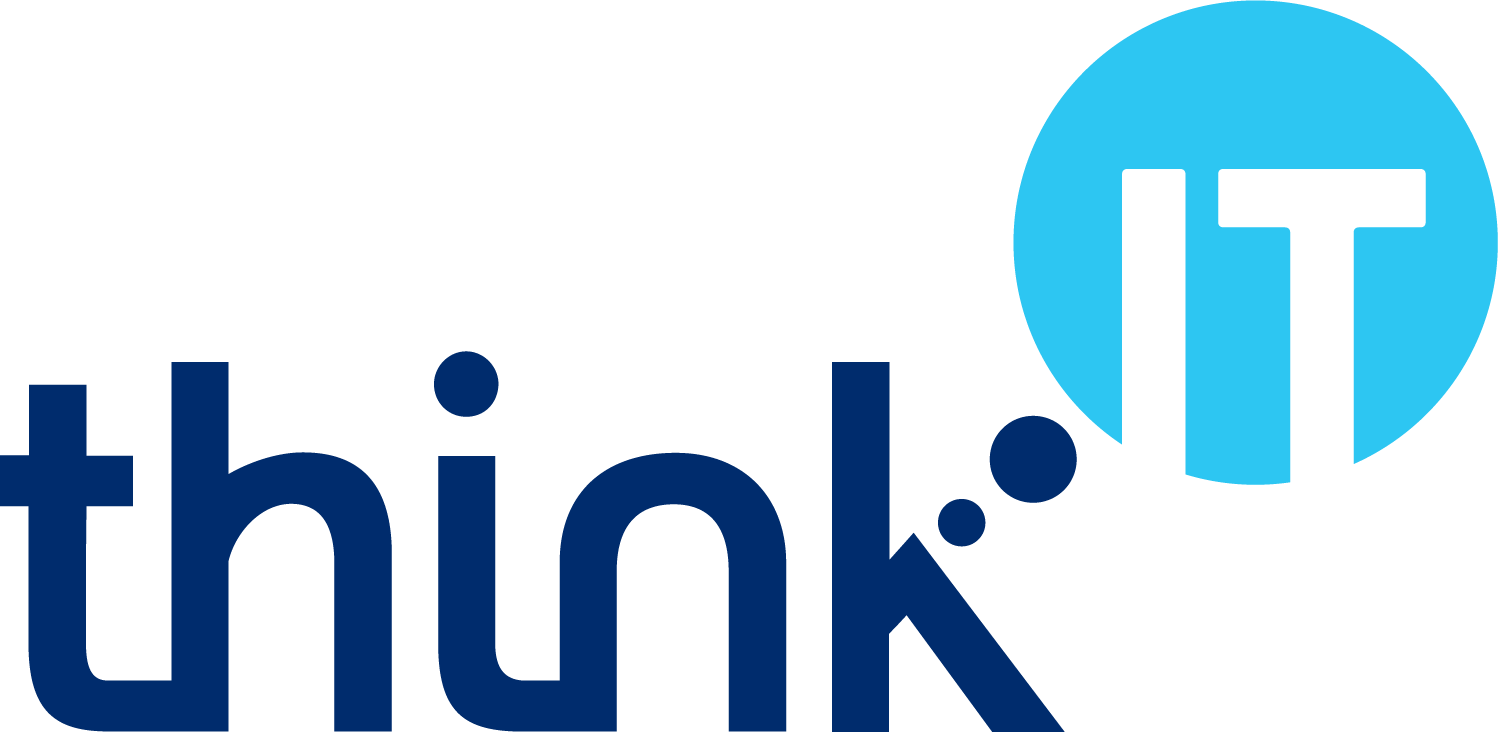
5 Easy Steps to Start a Regular Savings Plan
18th January 2024
Step 1: Set Goals and Objectives
Before starting a regular savings plan, it’s important to decide what you want to achieve. Do you want to save for a down payment on a house? Build up a rainy-day fund for emergencies, pay off debt, or save for your retirement? Once you have a clear understanding of what you want to achieve, you can make a realistic plan to achieve your goals.
Step 2: Choose a Savings Plan
Once you have a clear understanding of what you want to achieve, choose a savings plan that aligns with your goals. You can choose from a range of options, including fixed-term savings accounts, cash ISAs, or investment ISAs.
Fixed-term savings accounts
A fixed term savings account is a secure way to grow your money over a set period of time. Choose from a range of term lengths to suit your needs. Unlike standard easy access accounts, fixed term savings accounts offer the advantage of locking your money for a specific duration. In return, your funds will earn interest, helping you to maximise your savings.
ISA
The main difference between an ISA and any other savings account is that it offers tax-free interest. For the 2023/24 tax year the maximum you can save in an ISA is £20,000.
Lifetime ISA
Invest in your future with a Lifetime ISA. Whether you’re saving for your first home or planning ahead for later in life, a Lifetime ISA offers you the opportunity to make the most of your money. Start by making your first payment before you turn 40, and you can contribute up to £4,000 annually until you reach 50. Best of all, the government will add a bonus of 25% to your savings, up to a maximum of £1,000. It’s important to note that the £4,000 limit for the Lifetime ISA is included in your overall annual ISA limit, which is £20,000 for the 2023/24 tax year.
You can withdraw money from your ISA for specific reasons: buying your first home, being aged 60 or over, or being terminally ill with less than 12 months to live.
For any other reasons, a withdrawal charge of 25% applies, known as an unauthorised withdrawal. This charge recovers the government bonus received on your initial savings.
Investment ISA
Investment ISAs provide a tax-efficient method for purchasing, holding, and selling investments. Normally, when you invest, you are required to pay taxes on any income or gains you generate. However, ISAs offer the added convenience of tax-free returns. The current ISA allowance for the 2023/24 tax year is £20,000.
Step 3: Set Up Your Regular Savings Plan
Now it’s time to set up your regular savings plan. You’ll need to choose the amount you want to save, how frequently you want to save, and which account or investment product you want to use. Once you have made these decisions, set up a direct debit to make your payments automatic.
Step 4: Tracking and Re-evaluating Your Savings Plan
Tracking your investments and savings is vital to ensure that you stick to your plan and achieve your goals. Regularly reviewing your savings helps you to keep track of whether you are on track to meet your targets, and you may have to adjust your savings plan as you go. Regular reviews also give you opportunities to switch your funds or adjust your choices as necessary.
Step 5: Automate Your Savings
Experts recommend automating your savings and investments as much as possible, it is an excellent way to ensure consistency and discipline in your saving routine. The more you can put your finances on autopilot, the more likely you are to stick to your savings plan and stay on track to achieve your goals. Once you’ve set up your regular savings plan, automate the saving process by setting up direct debits to make payments to your chosen investment or savings account.
Starting a regular savings plan can seem daunting, but it doesn’t have to be. By setting clear goals, choosing the right savings plan, and automating your savings, you can begin to take control of your financial future. Remember that regular savings are not a get-rich-quick scheme, but a steady, disciplined approach to financial planning. Begin your journey towards financial security today and take these easy steps to start your regular savings plan. If you’re unsure about the best savings plan for you, contact our team of experts. We will assist you in finding the perfect solution for your needs.







